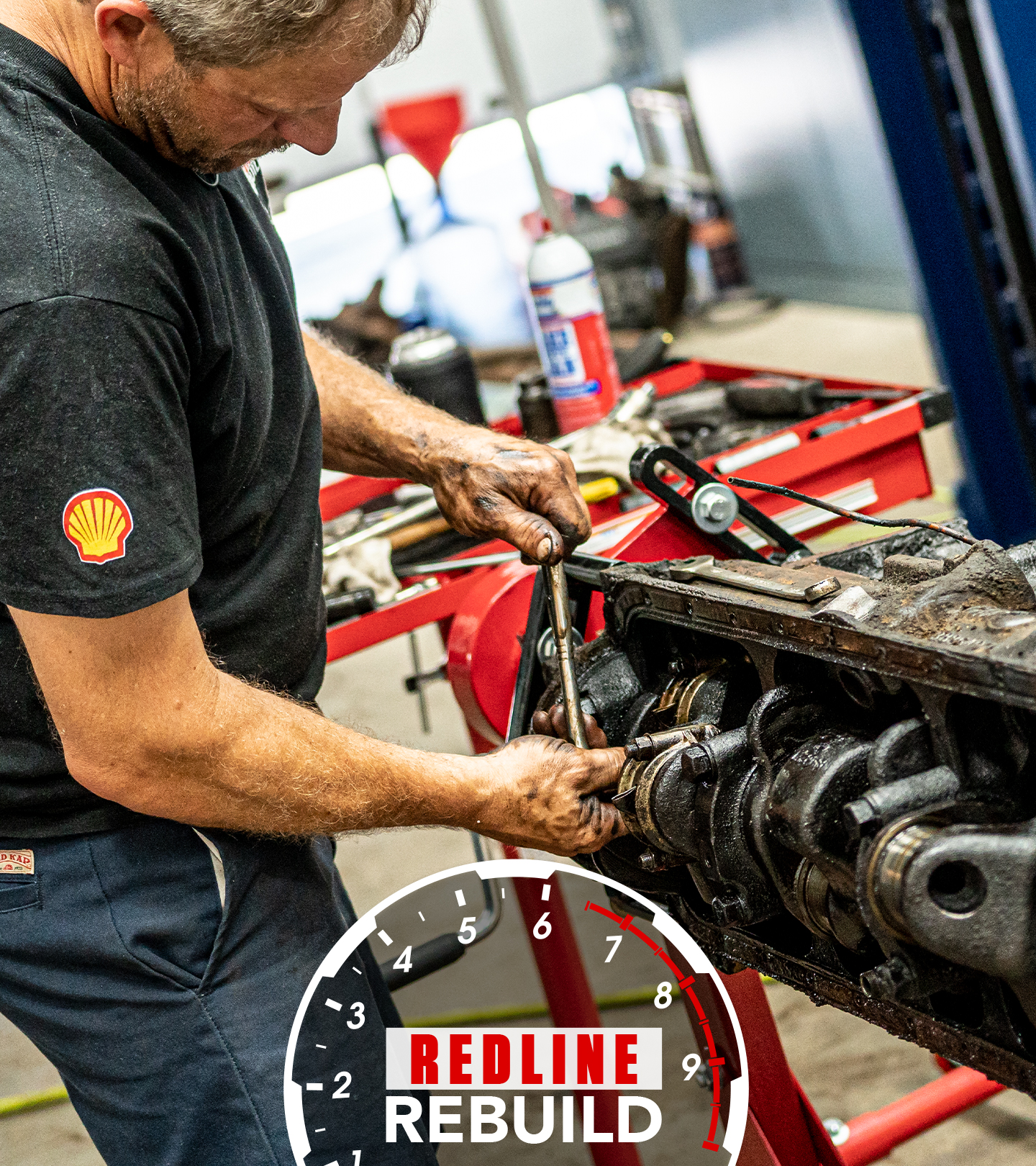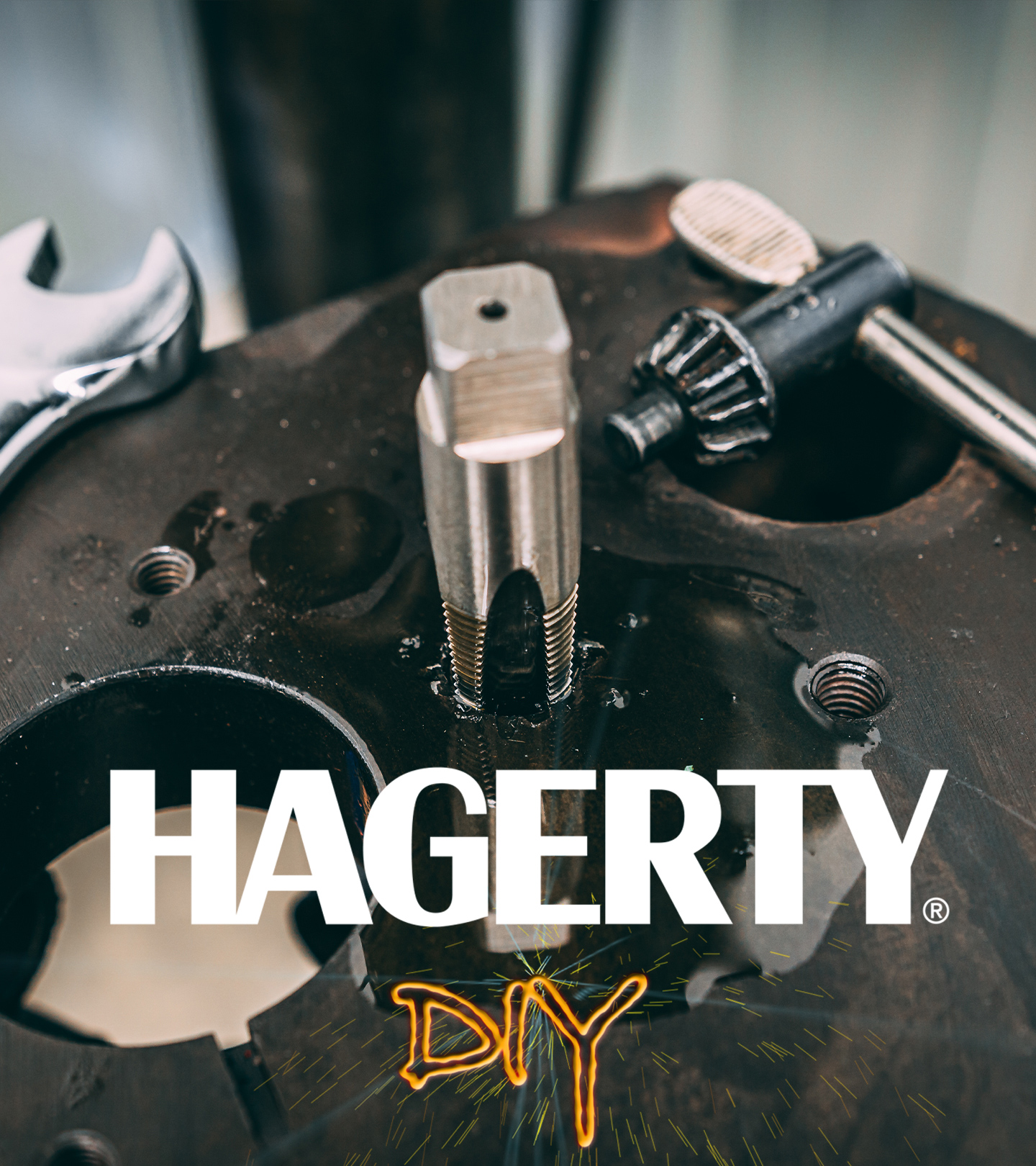Enjoy Season 2 stories, opinion, and features from across the car world - Hagerty Media
Seven-year-old Sean McLaine could hardly wait to show this car to his soccer coach. Sean’s dad, Keith, had driven them to the local fields that day for Sean’s practice and now stood leaning against the 1969 Mustang Mach 1 at the pitch’s edge. Sean came running up to the Mustang, dragging his coach along with him.
“You’ve gotta see this,” Sean exclaimed, as he tugged open the passenger door. Once inside, Sean began cranking the windows up and down by hand, grinning to his coach at he reveled in the novelty.
By this time in 2008, Keith McLaine had owned the Mach 1 for about four years and the car was as much a part of his son’s childhood fabric as their home and Sean’s classmates. From the time Keith first brought the Mustang home, Sean was entranced.
“It was my dad’s car, and I’d see it in the garage and I was never allowed to touch it,” Sean recalls. “It was always a little bit mysterious to me.”
Sean is now 18, a high school senior and young adult. Gone are those days when he was not allowed to touch the car. Indeed, a weekend morning is now likely to find father and son on some lonely Arizona backroad, pulling over so that Sean can slide into the driver’s seat while Keith rides shotgun for a stretch.




“He’s a great driver and I feel really comfortable sitting in the passenger seat with him,” Keith says. “He’s one of the only people I feel comfortable driving my car.”
Keith spent his own teenage years driving a Mustang—specifically, a red 1965 coupe that also makes its home in the McLaine garage. In the early 2000s, however, his thoughts began drifting toward fastbacks from the late 1960s. At the time, his wife’s co-worker owned this Mach 1, and when that owner started thinking about selling, Keith wasted little time in making the man an offer that made him the car’s third owner.
By the time Ford introduced the Mach 1 for the 1969 model year (part of an effort to compete with the Camaro and Firebirds coming off the GM line), the Mustang had evolved into a dizzying array of available models: a ’69 customer could also choose the Boss 302, the Boss 429, the Shelby GT350, and the Shelby GT500. As if those options weren’t enough choice, no fewer than seven variations of the Ford V-8 engine were available between 1969–73.



Keith’s Mach 1 originally in Candy Apple Red paint with a flat black hood and a two-barrel 351 Windsor engine. The previous owner repainted the car in its current color scheme in the 1980s, and the engine has since been rebuilt and upgraded to a four-barrel Windsor.
Yet, while Keith has personalized the car to fit his taste and lifestyle, he nevertheless strives to keep it true to period. He lowered the car via a so-called “Shelby drop” (by lowering the front control arms by about an inch from Ford’s original placement) for better handling through the Arizona mountains, though the stock drum brakes continue to demand the driver’s alertness. By far the most beneficial improvement, however, came in the form of a five-speed Tremec transmission, which Keith installed last year in place of the original three-speed FMX transmission.
“It’s a completely different car and so much more fun to drive,” Keith says, “especially on those long stretches of highway, when you know the engine is not going to explode going at highway speeds with that three-speed automatic.”




Finally, in a nod to the record-setting Mickey Thompson land speed cars (based on 1969 Mach 1 platform), Keith added the gold steelie wheels. The Mach 1’s paint, now plenty pockmarked from its age and use, is far from perfect, but Keith notes that several friends have threatened grave harm should he ever repaint the car.
As much as this Mustang ties Keith to his own history, however, it is more valuable as a means for enjoying the present moment with his son.
“Sean’s been in this car since he was two or three years old and he just feels comfortable in it,” Keith says. “Sometimes I’ll look over as we’re going through some twisties and he’s just be fast asleep. This car is like a second home to him.”
The significance of the car is not lost on Sean either. “This car has come to symbolize the time my dad and I spend together,” he says. “When I was little, I didn’t really recognize that but now I see what a blessing it really is.”
With every mile of Arizona backroad, the McLaine men continue to rack up the memories.










